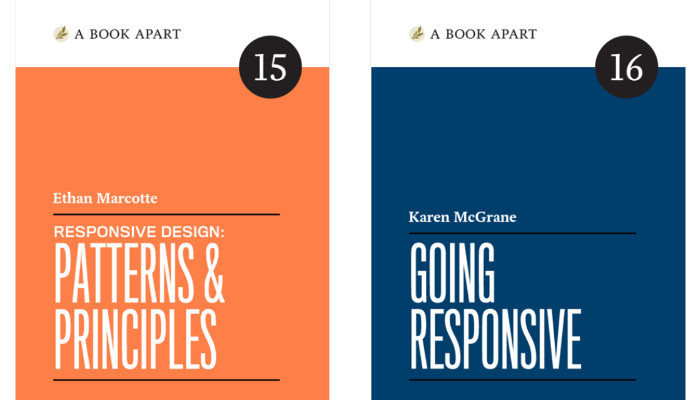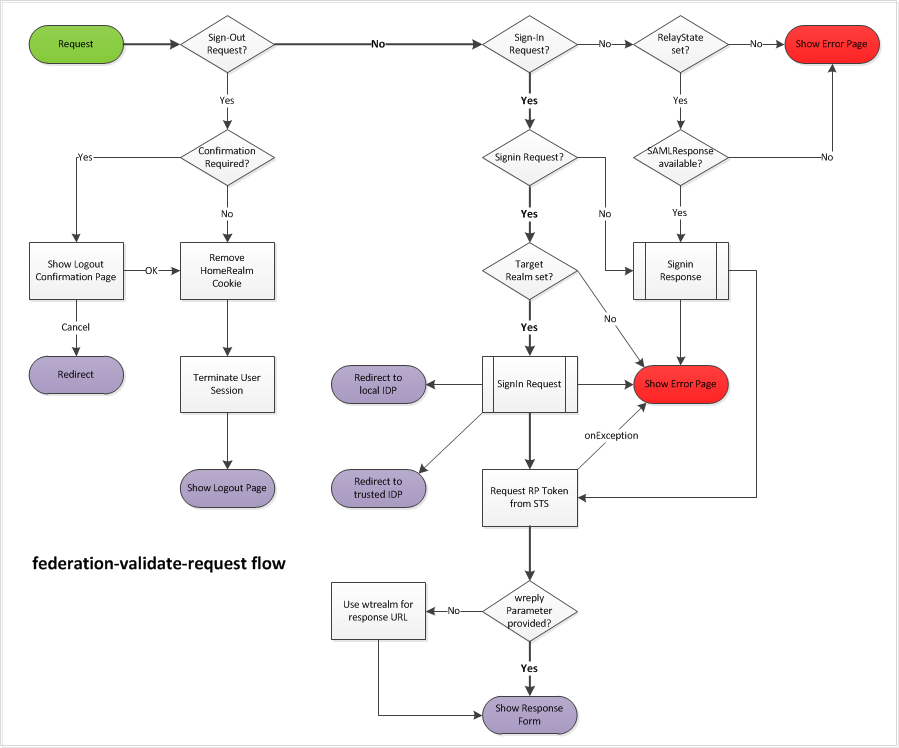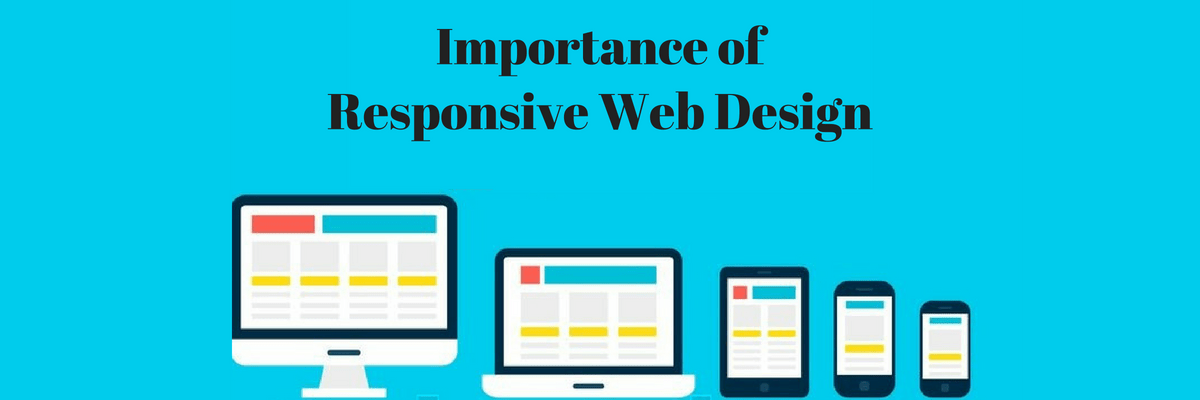
If you're interested in learning how to make a website responsive to all devices, this course is for you. This course assumes that you have some basic knowledge of HTML and CSS. JavaScript doesn't necessarily need to be used, but you should still have a working knowledge in HTML. You can also take a course to introduce HTML and CSS for complete beginners. This course will explain the history of adaptive design and responsive design. Learn how to make flexible layouts that adjust to different screen sizes. This course will help you be creative with images so that you can use them in a way which suits your device.
Max-width property
The max-width property is used to define the maximum element's width. A max-width greater than this will cause the content's next line to be displayed. The content is not affected by a lower value. This example shows how the default value is set for this CSS property. This property can be used to reduce the width of your elements. This CSS property is applicable to responsive design regardless of whether the web pages are created on desktop computers or mobile devices.

CSS overflowx:auto style
The overflow-x property of a CSS document specifies whether or not the content will be clipped when it reaches the container's boundary. Although the default value is visible, you can change it to hide or make it scrollable. It is a CSS 3 property. This is not web standard. If the containing item does not possess an overflow x property, it will refer to its parent element.
CSS rems
CSS can change the look of your website beyond just its height, width, color. CSS can adjust content to screen resolution and screen size when combined with media queries. A media query is similar to an "if" clause within a programming language. It checks that the viewport has sufficient width before rendering it. For example, if you choose to set an image class with a "fullwidth", it will automatically take over 90% of the screen. Additionally, the browser will prioritize any content that has large margins.
CSS media queries
CSS responsive media inquiries allow you create layouts that are adaptable to different device sizes. Media queries can be used to adjust the color of your body text based on the size of the viewport. A web browser can open the source code to create a media question. Media queries can include minimum or maximum values. A responsive design should include both the minimum and maximal values. Here are some CSS responsive media queries.
Layout for a responsive website
Your website's responsive design lets you adapt the layout to your device. Your website might be three columns wide at the desktop, two columns at the tablet, and one column at the mobile. CSS allows you the flexibility to design different layouts for different screen sizes. While this approach has some drawbacks, it is a great way to create a responsive website that works on a variety of screens.

How to get images to resize
The most frequent question a web developer gets when creating a website is how CSS can make images resize. There are many methods that you can choose from. CSS is a language that allows you to adjust the size of your images depending on their display screen. Here are some of them. This article will show you how to make your website responsive using some of the most popular methods.
FAQ
How do you choose a domain name
It is important that you choose a domain name that is memorable. It is essential to have a unique domain name. People will not be able find you when they search your product.
Domain names should be simple, short, easy-to-remember, relevant to your brand and unique. It is ideal to have something that people can type into their browser.
Here are some ideas to help you choose a domain.
* Use keywords related your niche.
* Do not use hyphens (-), numbers or symbols.
* Don't use.net or.org domains.
* Avoid using words that are already taken.
* Avoid generic terms, such as "domain" or web site.
* Make sure it's available.
What is Website Design Software?
Graphic artists, photographers, illustrators, and writers use website design software to create websites and other digital media.
There are two types of website design software available: cloud-based and desktop apps. Desktop apps can only be installed locally on your PC and will require additional software to run on your system. Cloud-based solutions are hosted remotely on the internet and require no additional software on your computer, making them ideal for mobile users.
Desktop Applications
While desktop applications have more features than cloud-based options, they're not always needed. Because it's more convenient, some people prefer to use a desktop app. Some prefer to use the exact same tool whether they're using a smartphone or a laptop.
Cloud-Based Solutions
Web designers who wish to save time or money should consider a cloud-based option. These services make it possible to edit any type document from anywhere with an Internet connection. You can use your tablet to work while you wait for your coffee brew.
You will still need to buy a license if you choose to use a cloud-based program. You won't need to purchase additional licenses if you upgrade to a later version.
If you have Photoshop, InDesign and Illustrator, these programs can be used for creating web pages.
What is the best platform for creating a website design?
WordPress is the best platform available for building a website. It comes with all the tools you need for creating a professional website.
Themes are easy-to-install and customizable. You have thousands of options for free themes.
Plugins are another way to add functionality. They can do everything, from adding social buttons to creating contact pages to adding forms.
WordPress is also very user-friendly. To change your theme files you don't need HTML code. Click on an icon to select the theme you wish to change.
There are many other platforms, but WordPress is my favorite. It has been around for years, and is still in use by millions.
Do I need a portfolio to get hired as a web designer?
Yes. When you are applying for a job as a web developer or designer, a portfolio is crucial. Portfolios should showcase examples of your skillsets and experience.
A portfolio typically includes samples from your past projects. You can include anything that demonstrates your skills. You should have everything in your portfolio, including mockups.
How do you design a website?
Your customers will first need to understand the purpose of your website. What are your customers looking for?
What issues might they be facing if they can't locate what they're looking at on your site.
Once you know this, you must figure out how to solve those problems. It is also important to ensure your site looks great. It should be simple to navigate and use.
It is important to have a professional-looking website. Make sure that it doesn't take too long to load. If it does take too long, people won't stay as long as they would like to. They'll move elsewhere.
It is essential to determine where all your products reside before you start building an eCommerce website. Are they all in one location? Or are they scattered around your site?
Decide whether you plan to sell one product at a time or several products. Do you prefer to sell one type of product, or several types?
Once you have answered these questions, you can begin building your site.
Now it is time for you to concentrate on the technical aspect of things. What will it take to make your site work? Will it be fast enough? Can it be done quickly by people using their computers?
Will they be able buy anything without having pay an extra fee? Are they required to register before they can buy anything?
These are essential questions that you need to ask yourself. When you have the answers, you can move on.
What is responsive web design?
Responsive Web Design (RWD), is an approach to designing responsive websites. Content will display correctly on all devices, such as smartphones, tablets, laptops, tablets, and desktop computers. This allows visitors to view the website on one device and access other features like buttons, navigation menus, etc. The goal of RWD is to ensure that when a user views a site on any screen size, they view the exact version of the site.
A website that sells primarily through eCommerce would be an example of this. You want your customers to be able to purchase products from your store, even if they are viewing it on a phone.
A responsive website will adapt its layout to suit the device it is being viewed on. So, viewing the site on your laptop will look like a standard desktop website. It will look different if you view the page from your phone.
This allows you create a website that looks great on any device.
Statistics
- It's estimated that in 2022, over 2.14 billion people will purchase goods and services online. (wix.com)
- Is your web design optimized for mobile? Over 50% of internet users browse websites using a mobile device. (wix.com)
- When choosing your website color scheme, a general rule is to limit yourself to three shades: one primary color (60% of the mix), one secondary color (30%), and one accent color (10%). (wix.com)
- The average website user will read about 20% of the text on any given page, so it's crucial to entice them with an appropriate vibe. (websitebuilderexpert.com)
- Did you know videos can boost organic search traffic to your website by 157%? (wix.com)
External Links
How To
What is website hosting?
Website hosting is the place where visitors go to visit a website. There are two types.
-
Shared hosting – This is the most affordable option. Your website files reside on a server controlled by someone else. Customers visiting your website send their queries over the Internet, to that server. You then receive the request from the owner of the server.
-
Dedicated hosting: This is the most costly option. Your website is only accessible from one server. There are no other websites sharing space on the server. Your traffic remains private.
Because shared hosting is more affordable than dedicated hosting, most businesses opt for it. When you use shared hosting, the company that hosts the server gives you the resources to run your site.
However, both have their advantages and disadvantages. Here are the differences:
Shared Hosting Pros
-
Lower Cost
-
Simple to Setup
-
Frequent Updates
-
It can be found at many web hosting providers
Hosting shared can be as low as $10 per month. But keep in mind that this price usually includes bandwidth. Bandwidth is the data transfer speed that you have over the Internet. Even if only you upload photos to your blog or website, high-volume data transfers may incur additional charges.
You'll soon realize why your old host cost so much once you get started. Many shared hosts offer very little customer support. Although they will help you set up your site occasionally, you are on your own once you have done that.
A provider with 24-hour telephone support is a good choice. They will attend to any issues you have while you sleep.
Cons of dedicated hosting
-
More Expensive
-
Less common
-
Requires specific skills
With dedicated hosting, all you need to maintain your website are provided. You won't worry about how much bandwidth you are using or how much RAM (random Access Memory) you have.
This means that you will have to pay a little more upfront. You'll soon realize that your business is self-sufficient once it's online. You'll soon be an expert at managing servers.
Which Is Better for My Business?
The answer to this question depends on which type of website you wish to create. If you are selling products, shared hosting may be the best option. It's very easy to setup and maintain. A server shared with several other sites means that you will receive frequent updates.
However, dedicated web hosting is the best way to build a community around you brand. You can put your efforts into building your brand, and not worry about how to handle your traffic.
Bluehost.com has both. They offer unlimited monthly data transfers, 24/7 support, free domain name registration, and a 30-day money-back guarantee.